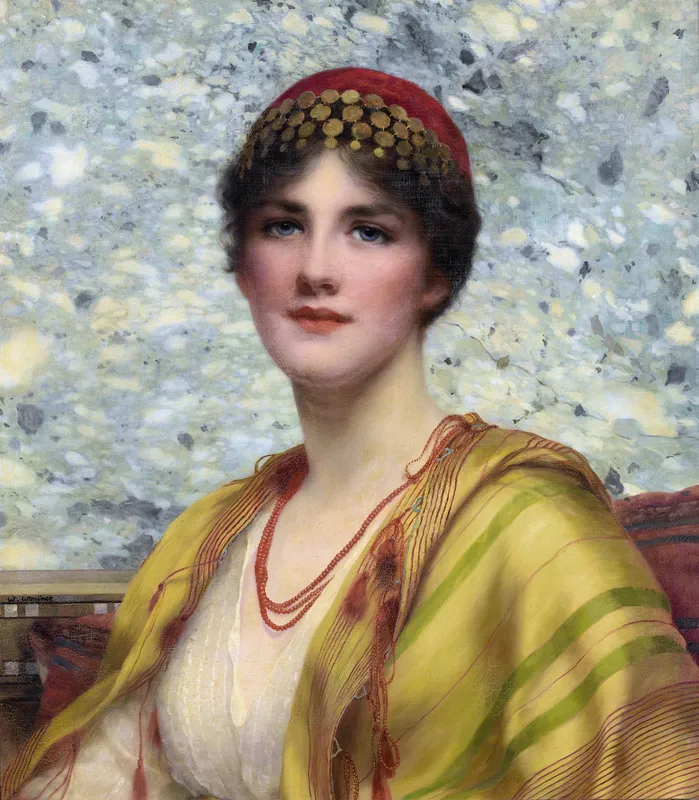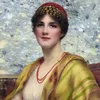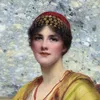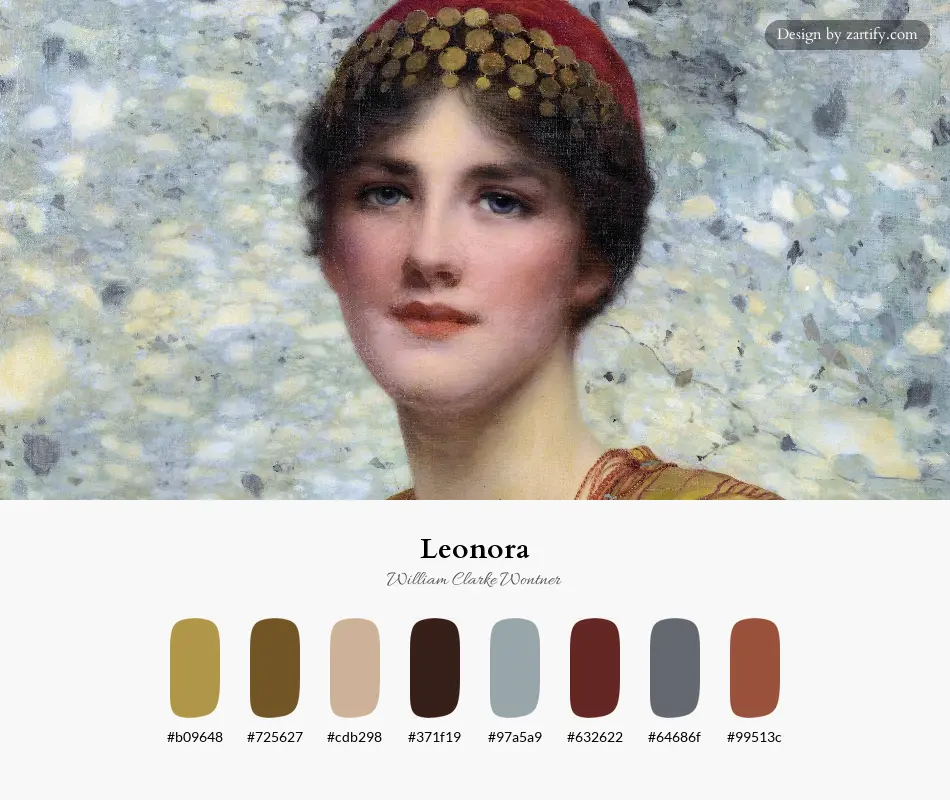




About the Artist
William Clarke Wontner, an English portrait painter, was born on 17 January 1857 in Stockwell, Surrey, into a family with a strong artistic lineage. His father, William Hoff Wontner, was an architect and designer who provided his son's initial art education. This early training was further enriched by his collaboration with John William Godward, a prominent figure in the Greco-Roman style, who was not only a family acquaintance but also a close friend to Wontner. By 1885, Wontner had begun teaching at the St John's Wood Art School, marking the start of his involvement in the art education sphere. His work, characterized by the depiction of languorous women set against classical or oriental backdrops, contributed to the neo-classical movement in England, alongside figures like Alma-Tadema. Wontner's unique approach to Orientalism, through the portrayal of European models adorned in meticulously rendered fabrics, earned him exhibitions at prestigious venues including the Royal Academy, the Society of British Artists, and the Royal Institute of Painters in Water Colours.
In his personal life, Wontner married Jessie Marguerite Keene in 1894, though the couple remained without children. His later years were spent in Ripple, Worcestershire, where he passed away on 23 September 1930. Wontner's legacy is preserved through his contributions to the neo-classical and Orientalist movements, with his works continuing to be celebrated for their elegance and historical significance. His artistic journey reflects a deep engagement with the academic traditions of his time, while also showcasing his individual creativity and skill in blending classical themes with a touch of exoticism.
Master’s Palette
Reveal the unique color story behind each piece, helping you delve into the artistic essence, and spark boundless inspiration and imagination.

Bring the captivating colors to your project. Click to copy!
#b09648
#725627
#cdb298
#371f19
#97a5a9
#632622
#64686f
#99513c


 (c. 1380-1390)-full.webp)
-full.webp)
-full.webp)
-full.webp)
-full.webp)
-full.webp)